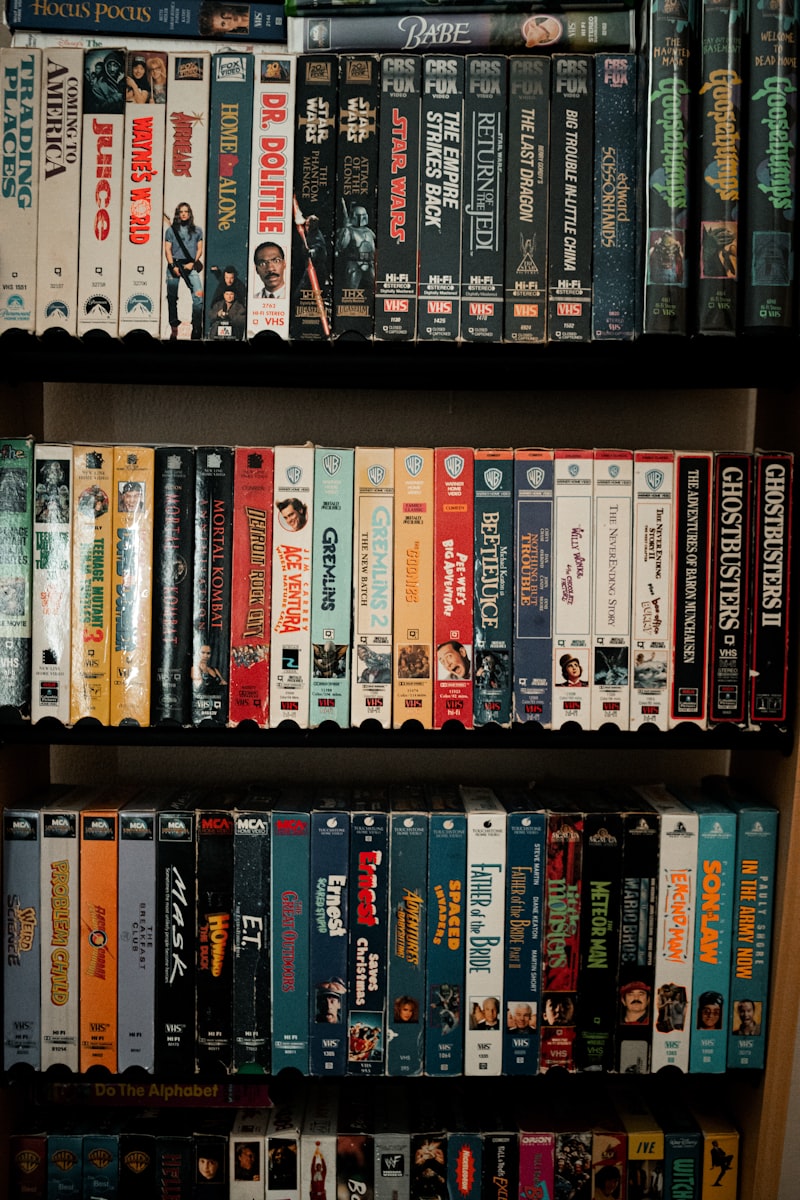Death has long held a prominent place in film - particularly in the horror/thriller genres where it plays a dark and forbidding role. However, death also plays a role in some comedy films. Indeed, death can be a focus of comedy. But how is death compatible with comedic pleasure? One possibility is that death-themed comedy expresses the reality, and inevitability of death in such a way that allows audiences to bear witness to the gleeful expression of inner human drives. Why would death be pleasurable in this way? And what are these drives? Enter a concept called the ‘death drive’. The concept of the death drive is useful in enriching our understanding of death, especially as it features in black comedies. I have identified three different versions, from Sigmund Freud, Melanie Klein, and the contemporary psychoanalyst Bernard Penot.
Freud's concept of the death drive is a drive to return from an organic to an inorganic state. It’s a renunciation of the tensions and burdens of living, and it plays out in an intriguing way on-screen. For example, in the film Harold and Maude, Harold attempts to break the rules his mother has set for his life through a series of exaggerated acts of fake suicide. However, when Harold pretends to shoot and drown himself, his mother shows no emotional response. She treats Harold’s performances as if they hadn’t happened. Harold’s bids fail to attract his mother’s attention and liberate him from her bondage. So why does Harold persist to the point of obsession?
If we apply Freud’s conception of the death drive to this scenario, we might say that Harold's death drive leads him to pursue a state of inorganic peace by escaping the psychological burden of his mother’s control. By staging fake suicides, Harold can get close to an experience of death – without consequence. Harold’s vicarious satisfaction with the death drive brings psychological relief. Although this only provides short-term respite, it is clearly comforting for a boy who has lived under long-standing stress. The repetition of the act in spite of its ineffectuality – the mother pays no heed – indicates that this is a temporary and neurotic response to an insupportable situation. Therefore, Harold's false suicides are neither the pleasure of a successful prank, nor of breaking his mother's rules, but rather Harold's own brief arrival at the state of peace brought about by the death drive; a pleasure without any excitement or emphatic emotion. According to Liran Razinsky, the death drive reaches for a state of inorganic calm by neutralising the arbitrariness and unpredictability of death. Harold's many fake suicide attempts make death highly personal for him and undermine its indifferent nature – Harold may have lost control over other things in his life, but at least he is free to dictate and design his own (vicarious) death. As the psychoanalyst Jean Laplanche notes, the organism does not just want to die, but to die on its own terms.
Melanie Klein’s version of the death drive is an expression of the aggressive, destructive tendencies inherent in our psyche. For example, in Bronson, the film’s eponymous protagonist assaults others repeatedly and violates numerous laws and social rules. However, unlike traditional crime films, Bronson's violence does not become a symbol of evil. Instead, Bronson's violence demonstrates a cathartic power and aesthetic appeal. This contrast is established by Bronson's aggressive behaviour which is a purposeless and aimless release of the death drive.
Bronson does not unleash aggression for the sake of murder or control. He is not a man with a plan, other than a plan to become notorious. Bronson's aggressive behaviour is the release of a pure death drive, the cheerfulness of a destructive tendency inherent in his psyche. Despite the film's graphic violence, its comedic tone provides relief in otherwise distressing actions. This is achieved through an undisguised and gleeful expression of an inner drive experienced by all. It is also presented without overt consequences. The only person portrayed as suffering the effects of violence – the bloody injury of it – is Bronson himself.
Penot’s account of the death drive provides a third interpretation which represents it as a form of unbinding. It is a function of refusing people and things that are entrapping us. An example of this can be found in the British surrealistic black comedy If…. The film shows a group of students at a boys' boarding school who use extreme violence to battle against their school system. The film ends with a battle between the rebels and the social establishment which has oppressed them. However, the rebel’s final rampage does not appear to be an expression of the death drive as envisioned by Freud or Klein. Instead, their violence is targeted at groups closely associated with them, their headmaster, teachers and family, those perceived to have bound them. For the rebels, the boarding school is like a prison in which they are confined, humiliated, and ritually punished. Instead of escaping, the rebels choose to battle with the groups that bind them, demonstrating the unbinding function of Penot’s conception of the death drive. This represents an extreme demonstration of the students' drive to reject oppression.
One way to understand the role of death in a comedy film is by treating it as a gleeful expression of something that drives us. This can happen in at least three different ways: a relinquishing of burdens and tensions, a drive to express aggression, directed outwards, and a direct rejection and unbinding of what imprisons us.
Death is not just an ominous force that lurks in the plot of horror fiction – it’s an all-too-human appetite that offers cathartic release to the living.

